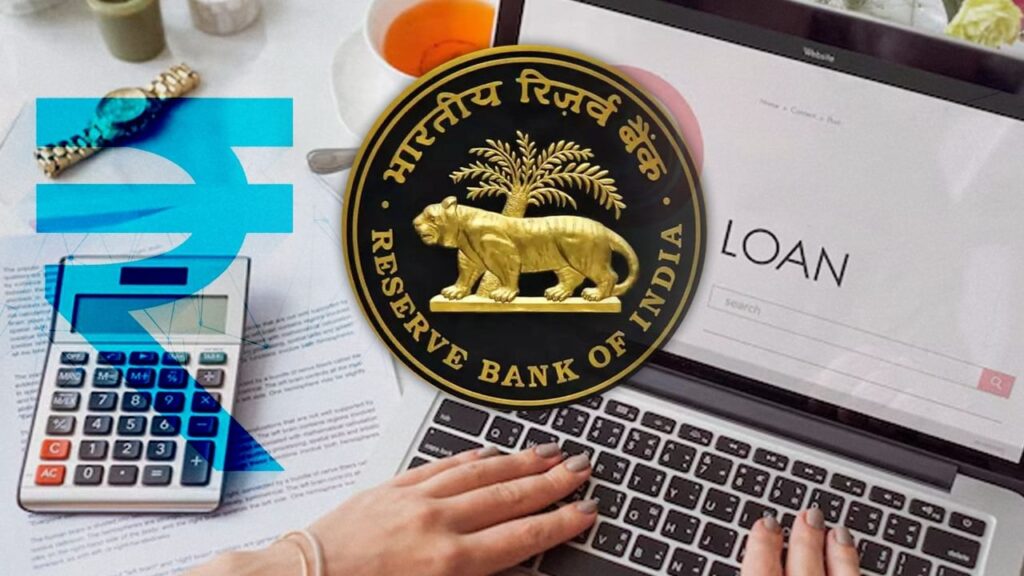Introduction to the Unified Lending Interface (ULI) by RBI
In today’s world, loans have become an intrinsic part of many individuals’ lives. Whether it’s a housing loan, an auto loan, or financing for personal comforts, many people find themselves relying on credit to sustain their lifestyles, especially in urban areas. However, with the surge in demand for quick loans, certain Chinese instant loan applications have emerged, offering rapid solutions but often at perilous interest rates and cumbersome repayment terms. In response to these challenges, the Indian government is set to introduce a beneficial solution that can streamline the borrowing process: the Unified Lending Interface (ULI).
What is ULI?
The Unified Lending Interface, touted as RBI’s fast-track loan system, promises to provide a more straightforward and secure process for obtaining loans. The goal is to eliminate the tedious bank visits and exhaustive documentation that borrowers often face. With ULI, the entire loan application process is expected to become significantly faster and more user-friendly.
Pilot Project Insights
The ULI system has been under development for the past year as a pilot project by the Reserve Bank of India. Drawing parallels with UPI, the Unified Payments Interface that has revolutionized digital transactions, ULI aims to serve as a reliable platform for lending applications. The National Payments Corporation of India (NPCI) will supervise the ULI, ensuring a seamless experience similar to existing digital wallets like PhonePe, Google Pay, and Paytm.
How Will ULI Benefit Borrowers?
The ULI system is designed to simplify the loan obtaining process significantly:
- Currently, borrowers have to choose between applying online or visiting banks physically to apply for a loan. With ULI, the application process can be completed with just a click, minimizing the need for multiple visits.
- Traditionally, borrowers face a lengthy battle with documentation, but ULI offers a repository of required documents on its platform, eliminating the back-and-forth verification that typically occurs between the borrower and the bank.
- Once the necessary documents are submitted, ULI will assess the borrower’s eligibility for loans based on their digital documentation rather than physical verification, expediting the process.
- In cases where documentation might show a discrepancy or limitation, the loan may be denied. ULI aims to ease this burden, providing a more straightforward rejection process without the hassle of physical documentation.
- Since traditional lending apps operate independently and with limited government oversight, the new ULI platform will host regulated apps, ensuring a safer borrowing environment.
- Beginning in August 2023, RBI focused the pilot project on various loan types, including agricultural credit, dairy loans, MSME loans, personal loans, and home loans. It is anticipated that the ULI will benefit primarily rural borrowers and small-scale entrepreneurs.
How ULI Operates?
- When a borrower applies for a loan on the ULI platform, their application will automatically retrieve necessary details like their Aadhar card and PAN details from digital records.
- The subsequent steps will include electronic Know Your Customer (e-KYC) verification to validate the borrower’s identity promptly.
- Additionally, ULI will maintain comprehensive records, including land ownership documents and other digital data pertinent to the borrower’s financial profile.
- This comprehensive data will enable lenders to evaluate the borrower’s creditworthiness effectively, considering both previous debts and income history.
Potential Impact of ULI on Lending in India
RBI Governor Shaktikanta Das believes that ULI holds the potential to revolutionize the lending sector in India, much like how UPI transformed payments. However, the rollout of ULI also raises questions about data security and the risk of misuse of personal information. Experts are keenly assessing the balance between innovation and consumer protection.
Concluding Thoughts
While the ULI system does not guarantee loan approval from banks, it promises to simplify the borrowing experience by reducing the complexity traditionally associated with obtaining loans. As India prepares to embrace this new framework, it could mark the beginning of a transformative era in the country’s lending landscape.
